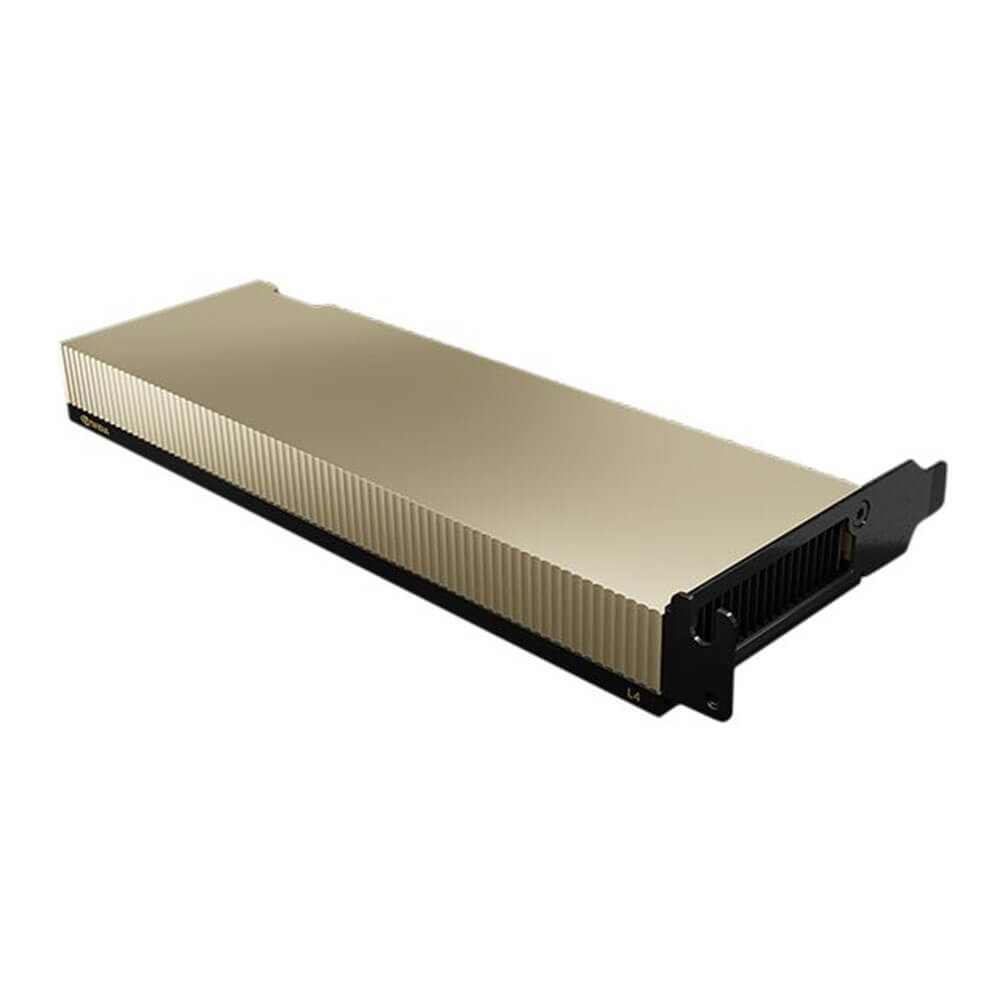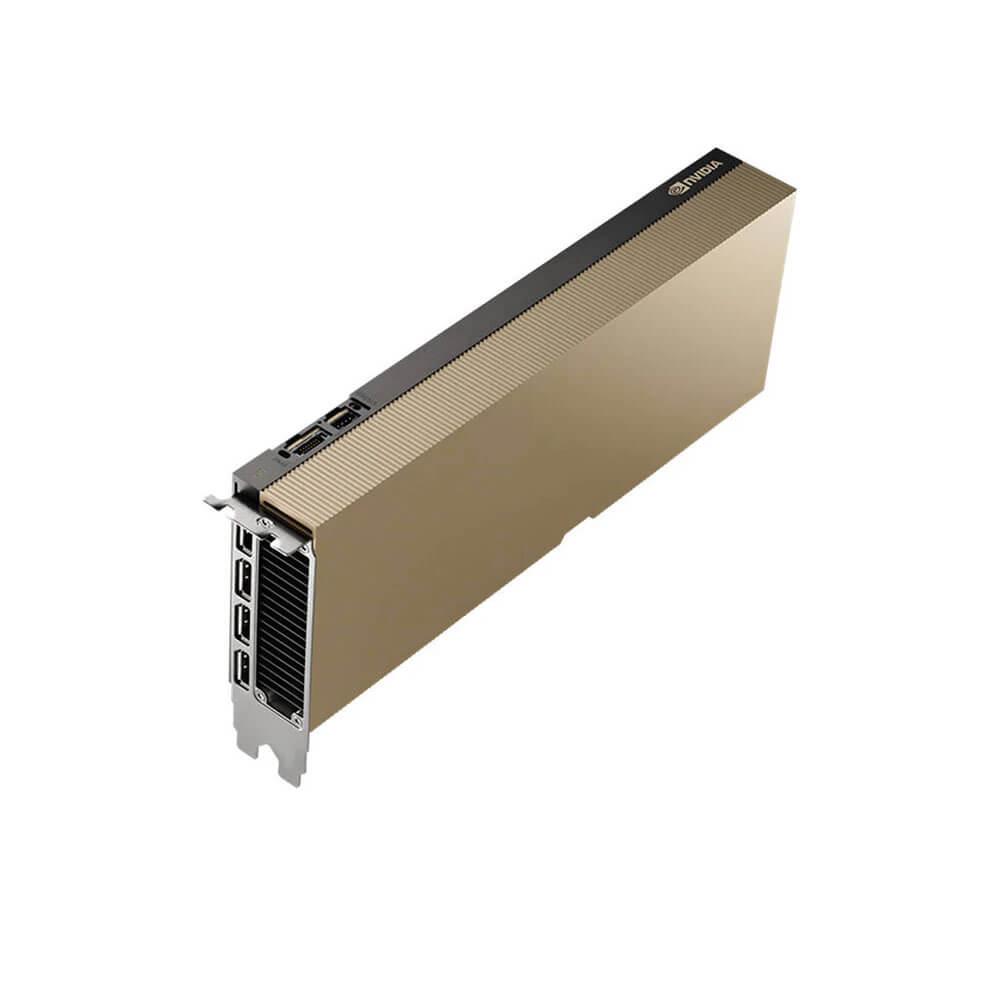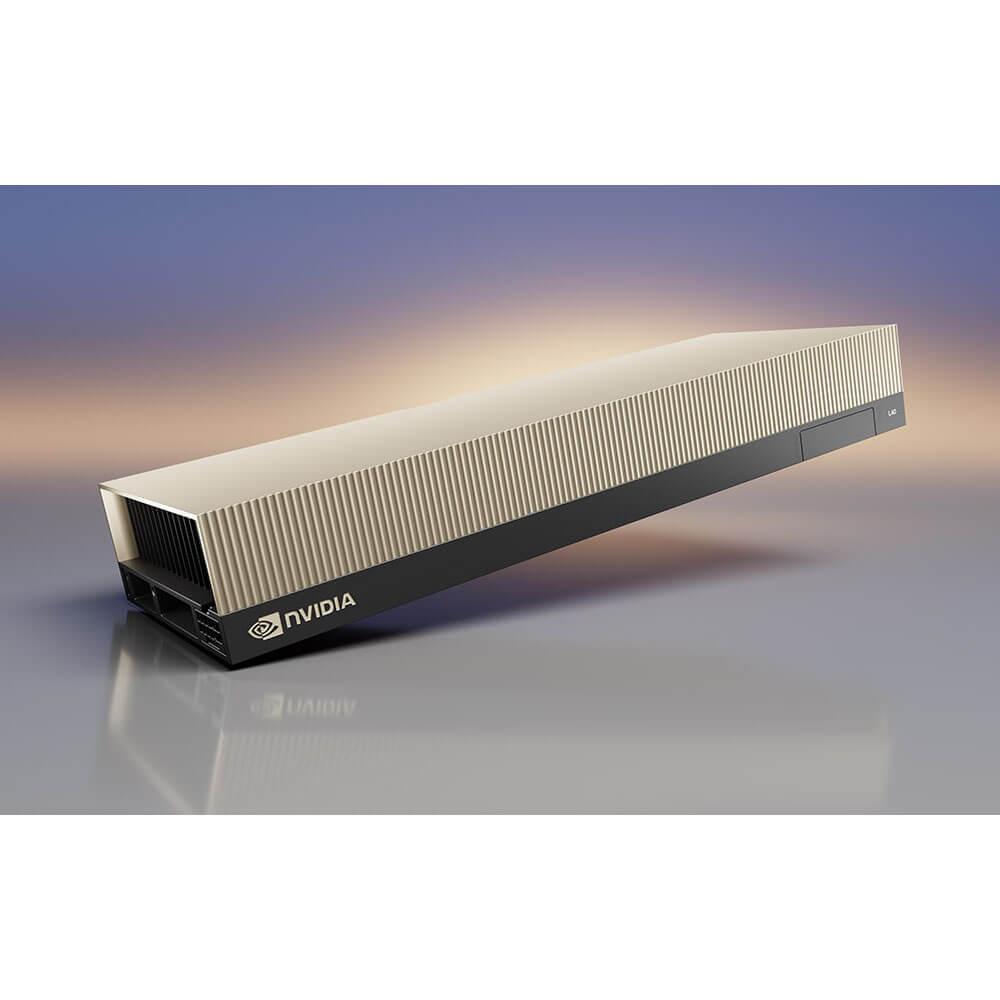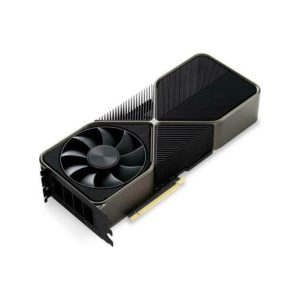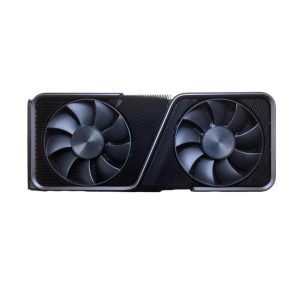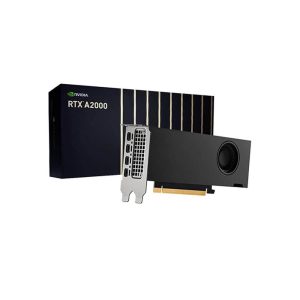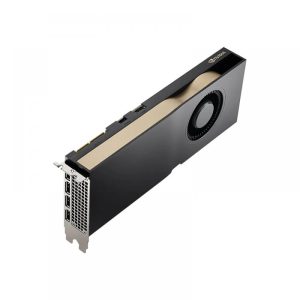NVIDIA L40G Graphics Card 24 GB
The NVIDIA L40G Graphics Card with 24GB memory is designed for AI, graphics, and compute-intensive tasks. Built on the NVIDIA Ada Lovelace architecture, it features advanced RT and Tensor Cores for real-time ray tracing and AI acceleration. Ideal for enterprise environments, the L40G delivers exceptional performance, scalability, and efficiency for demanding professional applications and workflows.
Min. Quantity – 5 Nos
Note: Below are the approximate and promotional prices. For the latest pricing and further details, please WhatsApp or call us at +91-8903657999.
₹570,000 ₹675,000
The L40G is a professional graphics card by NVIDIA, launched on October 13th, 2022. Built on the 5 nm process, and based on the AD102 graphics processor, in its AD102-???-A1 variant, the card supports DirectX 12 Ultimate. The AD102 graphics processor is a large chip with a die area of 609 mm² and 76,300 million transistors. Unlike the fully unlocked TITAN Ada, which uses the same GPU but has all 18432 shaders enabled, NVIDIA has disabled some shading units on the L40G to reach the product’s target shader count. It features 18176 shading units, 568 texture mapping units, and 192 ROPs. Also included are 568 tensor cores which help improve the speed of machine learning applications. The card also has 142 raytracing acceleration cores. NVIDIA has paired 24 GB GDDR6 memory with the L40G, which are connected using a 384-bit memory interface. The GPU is operating at a frequency of 1005 MHz, which can be boosted up to 2475 MHz, memory is running at 2250 MHz (18 Gbps effective).
Being a dual-slot card, the NVIDIA L40G draws power from 1x 16-pin power connector, with power draw rated at 300 W maximum. Display outputs include: 1x HDMI 2.1, 3x DisplayPort 1.4a. L40G is connected to the rest of the system using a PCI-Express 4.0 x16 interface. The card measures 267 mm in length, 111 mm in width, and features a dual-slot cooling solution.
Key Features:
- High-Performance Architecture
- Advanced CUDA Cores
- Delivers parallelized computing horsepower essential for AI training, HPC tasks, video encoding, and large data analytics.
- Ray Tracing Cores (RT Cores)
- Hardware-accelerated real-time ray tracing significantly boosts visual realism and performance in design, simulation, and media production.
- Tensor Cores
- Optimized for mixed-precision computations, accelerating deep learning operations (FP16, BF16, INT8) and speeding up AI inference, super-resolution, or other neural network–based processing.
- 24GB GDDR6 Memory
- Generous VRAM
- 24GB capacity handles large AI models, multi-4K video streams, or extensive HPC data sets without frequent memory swapping.
- ECC Support
- Error-correcting memory ensures data reliability in critical, extended computations (if ECC is included, depending on model specifics).
- AI and HPC Acceleration
- Mixed-Precision Support
- Tensor Cores facilitate faster training and inference by using reduced precision modes while preserving model accuracy in popular AI frameworks.
- HPC Libraries & Integration
- Compatible with NVIDIA HPC libraries (cuBLAS, cuFFT, etc.) for scientific applications, and containers from NGC for simple environment management.
- Professional Visualization
- Real-Time Ray Tracing
- Speeds up rendering pipelines in CAD/CAM, product design, automotive, architectural visualization, and high-end media creation.
- VR/AR Workflows
- Adequate memory and specialized GPU cores enable advanced, high-fidelity virtual or augmented reality experiences with minimal latency.
- Data Center and Enterprise-Grade
- 24/7 Operation
- Designed for uninterrupted, heavy workloads in HPC clusters, enterprise data centers, or specialized workstations, with robust cooling solutions.
- PCI Express Interface
- Standard form factor and PCIe 4.0 compatibility make integration straightforward in existing server racks or advanced workstation chassis.
- Scalability and Reliability
- Possible NVLink
- Some variants of the L40 family may allow multi-GPU bridging via NVLink (check official specs), enabling memory pooling and near-linear performance scaling.
- Long Lifecycle Driver Support
- Enterprise drivers, security patches, and validated software stacks ensure stable operation and reduce downtime over the GPU’s lifespan.
Applications:
- Artificial Intelligence & Machine Learning
-
- Deep Learning Training & Inference: Accelerates neural network tasks, from large language models to image classification, harnessing Tensor Cores for high throughput.
- Data Analytics: Processes huge volumes of data for real-time or batch analytics, thanks to GPU-accelerated libraries like RAPIDS and cuDF.
- High-Performance Computing (HPC)
-
- Scientific Simulations: HPC workloads in areas like fluid dynamics, molecular modeling, or astrophysics benefit from advanced CUDA parallelism and robust double-precision (FP64) performance.
- Research Labs: Universities and national labs can reduce time-to-insight for complex codes, enabling deeper exploration of multi-physics simulations or large parametric sweeps.
- Professional Visualization & Media Production
-
- Ray-Traced Rendering: Delivers near-real-time cinematic lighting, shadows, and reflections for film, TV, or design previews.
- 8K Video Editing & VFX: 24GB VRAM supports large timeline scrubbing, color grading, and complex effect layering in advanced compositing workflows.
- Virtual Desktop Infrastructure (VDI)
-
- Multi-User GPU: Partition GPU resources for multiple remote desktops, enabling GPU-accelerated productivity or design apps in a data center environment.
- Cloud-Based Workstations: Delivers GPU power to distributed teams via virtualization, supporting collaborative design or engineering tasks.
- Edge and Hybrid Deployments
-
- Low-Latency AI: At edge sites, the L40G can deploy AI inference on real-time sensor data or streaming analytics with minimal latency.
- Hybrid Cloud HPC: Bridges on-prem HPC with cloud-based GPU resources, dynamically scaling compute for fluctuating demands.
Why Choose the NVIDIA L40G Graphics Card 24 GB?
- Robust Performance for HPC & AI
-
- Ampere- or Ada-based architecture (depending on final L40G iteration) ensures top-tier parallel processing, AI acceleration, and ray tracing capabilities.
- Ample 24GB VRAM
-
- Accommodates substantial AI models, large HPC datasets, and complex 4K/8K media streams without frequent out-of-memory slowdowns.
- Advanced Ray Tracing & AI Features
-
- RT Cores and Tensor Cores drive cutting-edge visuals in professional rendering while delivering faster neural network computations for AI tasks.
- Enterprise Reliability & Ecosystem
-
- Long-lifecycle driver branches, ECC memory (if available), and enterprise-level support reduce downtime, meeting demands of mission-critical HPC or production pipelines.
- Scalable, Efficient Deployment
-
- Standard PCIe design, potential NVLink bridging, and moderate power consumption allow flexible integration in data centers, HPC labs, or large multi-GPU setups.
| Product Name | NVIDIA L40G |
| Manufacturer | NVIDIA |
| Memory | 24 GB |
| Base Clock | 1005 MHz |
| Boost Clock | 2475 MHz |
| TDP | 300 W |
| PSU | 700 W |
| Outputs | 1x HDMI 2.1,3x DisplayPort 1.4a |
| Power Connectors | 1x 16-pin |
| Memory Bus | 384 bit |
| Bandwidth | 864.0 GB/s |
| Bus Interface | PCIe 4.0 x16 |

